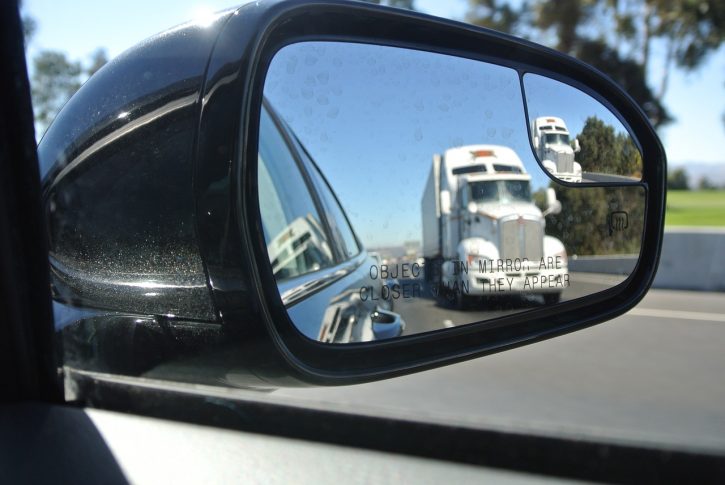
In 12% of fatal bike and pedestrian crashes, evidence points to tuck involvement despite only being 8% of all mileage traveled in Chicago. A truck’s blind spots are the areas it that aren’t visible by the truck’s mirrors. Semi-trucks have the biggest blind spots, and are often at greatest risk of collision. Unfortunately crashes happen, but safety first.
3 Main Blind Spots
A large truck has a blind spot:
- Each side of their vehicle
- Behind the trailer
- The immediate right side of the cab
The type of truck’s side mirrors impacts the size and location of a blind spot.
The majority of blind spot accidents start when a truck is making a right turn at an intersection and other motorists don’t know much room the truck needs. The motorist is often in the blind spot of the truck.
Chicago Blind Spot Accident Prevention
Because of several recent crash fatalities, many called for mandatory side guards for city trucks and other large vehicles. Side guards stop pedestrians and cyclists from slipping under the truck and dying underneath the rear wheels. Most importantly, drastically reducing the fatality rate for turning-truck crashes.
Chicago’s Active Transportation Alliance recommended requiring convex mirrors to help reduce large trucks’ blind spots, as well as other measures to reduce the dangers of trucks such as limiting truck traffic during rush hour. This city ordinance passed. Now any business with a Chicago city contract over $2 million must have side guards and convex mirrors on transport.
Although not every blind spot collision is the fault of the truck driver, most are. A knowledgeable personal injury attorney will help someone who has been injured to understand their rights after an accident. Contact Lerner and Rowe Injury Attorneys today. Learn what they can do for you if you were the victim of a Chicago blind spot accident.



